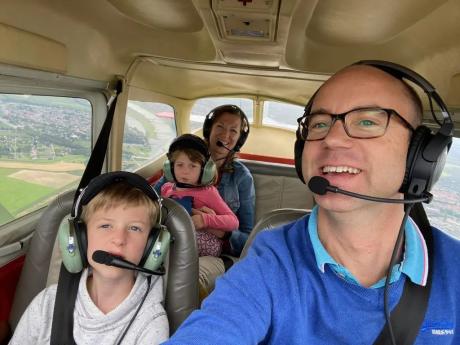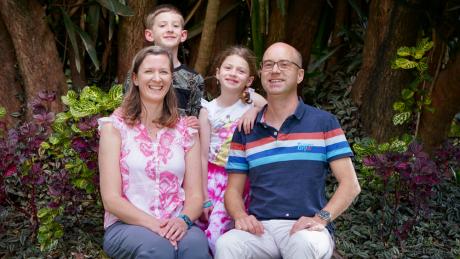
Former airline captain Joost de Wit and his co-pilot wife Ruth have clocked up nearly 40 years at KLM between them, but this month they’re flying off to Kenya for MAF. Following two years of training and preparation, MAF’s newest pilot couple have swapped their comfortable careers for flying in the bush.
Ever since they were children, both Joost and Ruth dreamt about becoming pilots.
Thanks to Ruth’s dad who had an office job at KLM, the family took advantage of the staff discount and flew regularly explains Ruth:
‘We travelled a lot. The cockpit door was still open at that time and I found all those buttons and meters very interesting! As pilots are trained on small planes, I boarded a Cessna during a holiday in Florida as a twelve-year-old to see if I really liked it. I thought it was fantastic! Now I was completely sure about what I wanted to do.’
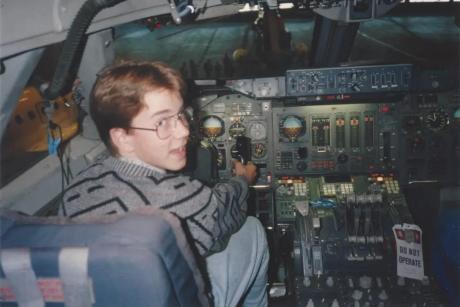
Joost and his dad were equally passionate about planes ignited by an open day at Budel Airport in south-east Netherlands recalls Joost:
‘We started flying model radio-controlled aircraft that we built ourselves. My dad made really nice semi-scale models, but they crashed so often that I decided to start flying myself. I began with gliding at 16. Dad continued building, which resulted in a full-size aircraft – a Kitfox.’
A shared passion collides
Ruth obtained her pilot’s license before she got her driver’s license, and at the age of 21, she became the youngest flight instructor in the Netherlands at Lelystad Flight Centre. After nearly a year, she took up the same position at KLM.
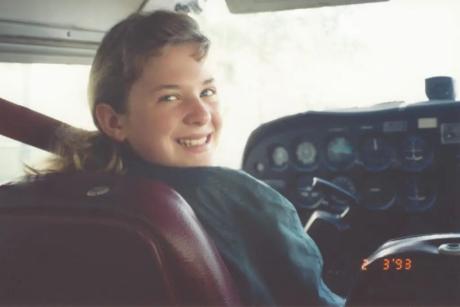
After graduating from high school, Joost took a year out to travel across Australia, New Zealand and Indonesia before starting commercial pilot training at the KLM Flight Academy In 1998.
It’s no surprise then that Ruth and Joost would eventually meet in a KLM cockpit!
Not long after starting at KLM, Ruth was assigned as co-pilot for one of their Fokker 70 airliners. Joost happened to be the captain. Ruth fondly recalls their first meeting:
‘I had just started working at KLM when we were assigned to each other for a week. When I saw Joost in the morning at breakfast, I always enjoyed seeing him. He made me very happy, even though I wasn’t concerned about finding a partner.’
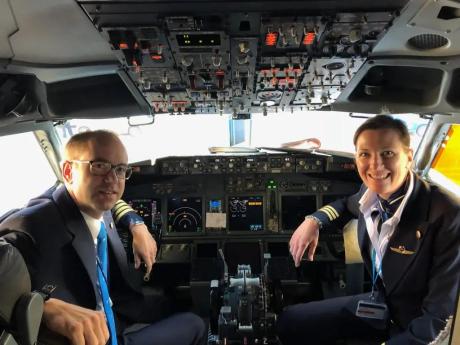
For Joost, the feeling was mutual:
‘I immediately thought she was a very nice co-pilot!’
A wedding and two children later, the couple started to head in a different direction when they encountered MAF.
Using God-given talents for God
Joost and Ruth came across MAF in 2021 when Ruth’s mum sent them an article about a professional woman with a science background who was retraining to become a MAF pilot. They were impressed by her story.
They arranged to meet her at MAF’s European training centre MATC in Teugue, Netherlands with a view of financially supporting her, but after they learnt about MAF during a presentation, God had other ideas says Joost:
‘In the weeks that followed, Ruth and I both had the desire to fly for MAF – it was very strange. We both had very good jobs at KLM, so of course the question kept coming up about whether we should really give up everything in the Netherlands. As Christians, the question of what God asks of us is important, so we decided to take small steps to see if it would be confirmed.’
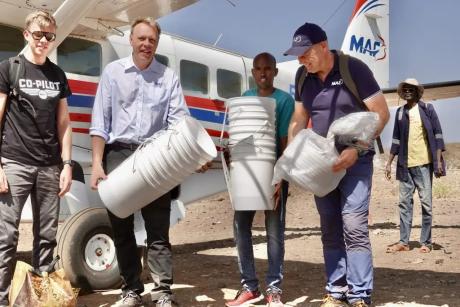
As time went on, God’s plan for their lives became clearer:
When we got to know MAF, we realised how much difference an airplane can make for people in isolated communities. Since then, we have developed a rapidly growing desire to use our talents and experience as pilots for a new mission – reaching the unreached.
Instead of Boeings, we’ll fly Cessna Caravans to remote areas to bring help and hope to people in need.
Their many years of professional experience and doing what they love, have now taken on new meaning says Joost:
‘Neither of us became pilots because of the status or the big money. We both have a passion for it – it’s in our hearts. We will certainly look back at our time at KLM and think about how wonderful it was there, but we are ready for a new chapter.
‘At first it was a hobby for us, then a job, now it becomes a mission. We really want to help people. We can make a difference between life or death. These people live in places that can only be reached by plane.’
MAF is the only air operator to fly to Marsabit County in northern Kenya. Without MAF’s regular, swift shuttle service from Nairobi, it would take many hours of overland travel to reach that region.
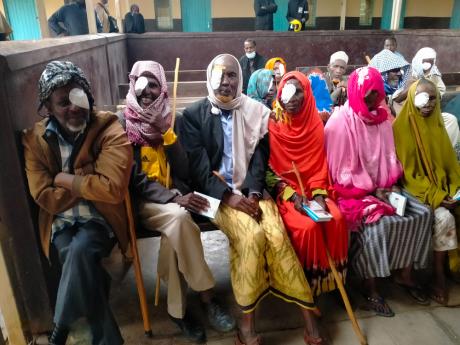
One step at a time
Even for a professional couple with decades of commercial flying experience between them, transitioning into a new way of working and moving the whole family from the Netherlands to Kenya is no mean feat.
In terms of time spent, culture, working practices and family life, the learning curve has been huge, but the de Wits have risen to the challenge every step of the way:
Spring 2021 – Single-engine airplane refresher training
Summer 2021 – Applied to MAF
Autumn 2021 – Recruited by MAF Netherlands
Spring 2022 – Instrument flying exams
Summer 2022 – Flight training at MATC in the Netherlands (airstrip evaluation, mountain flying & navigation) plus three training camps in Germany
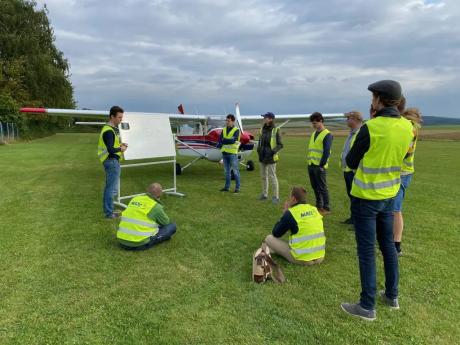
Autumn 2022 – Flight instructor training so that they can train other pilots in future
January 2023 – All Nations Christian College in Hertfordshire, England – 10 weeks of Bible cross-cultural mission training
April 2023 – Hostile Environment Training
July 2023 – Orientation week at MAF International in Kent
Joost is awarded his 10,000 hours of flying with a KLM pin
August 2023 – Both leave KLM
Further prep – selling personal stuff, buying essential equipment, arranging shipping of personal items & choosing kids’ new school
Autumn 2023 – Obtain a pilot license for Kenya & Uganda, which involves Cessna Grand Caravan standardisation flight training in Uganda – 7 weeks of learning how to take off, fly & land on unpaved airstrips (Joost first) plus flight simulator training
December 2023 – Blessing and send off from home church
January 2024 – Deployed to Nairobi, Kenya
Due to their background and existing licenses, their training at MATC was shorter than most, but there was still so much to learn like how to navigate mountains in a small plane as demonstrated by Joost during this flight camp in Sauerland, Germany in 2022.
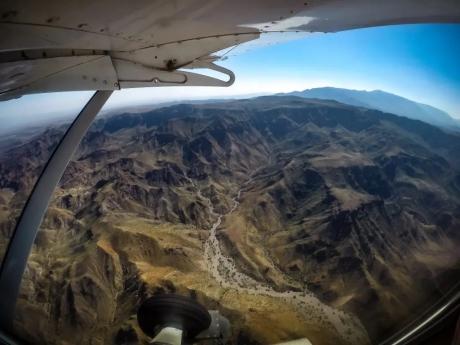
In practice, flying a large Boeing multi-engine jet for a profitable airline is vastly different from flying a small single-engine turboprop Cessna Caravan for a charity in remote areas.
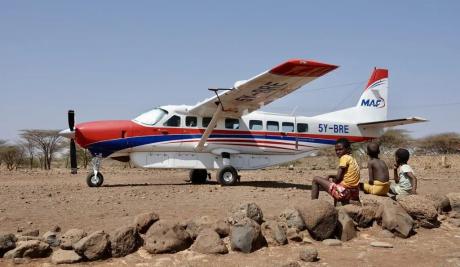
Commercial airliner vs small plane
With KLM, pilots land at well-resourced airports using radar and detailed data ensuring that planes fly at the right height, avoiding any mountains, even if it means flying into clouds.
But such resources are not available at dirt airstrips in the middle of nowhere. Bush flying means locating the airstrip and identifying any obstacles yourself.
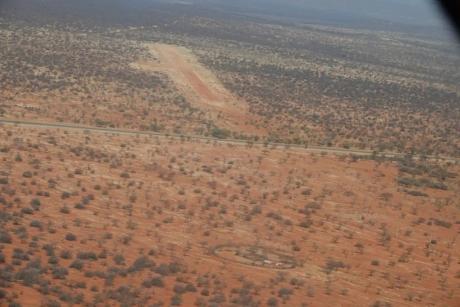
At KLM, Joost and Ruth only had to deal with paved asphalt runways, but that will not be the case in remotest Kenya he explains:
‘Well-equipped airports have ground lights to indicate a desirable approach to landing, but in the bush, it’s a matter of circling above the area where you expect the airstrip to be.
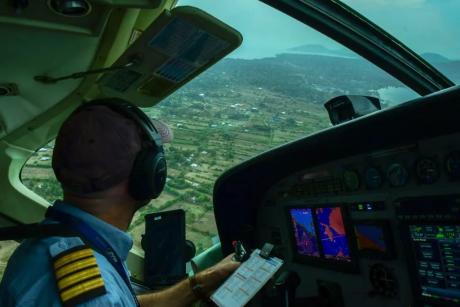
Joost recalls his recent training In East Africa:
‘I flew over several islands in Lake Victoria. One of them has an airstrip, but it’s difficult to find because it’s the same colour as its surrounding area. Nearby, I saw some smoke because someone was lighting a fire there, so that gave me an indication of how the wind was blowing.
‘I also saw people walking across the road from a nearby village. Half the village turned out because our plane was circling. That was another indication of where I should land.
‘Before finally landing on the narrow grassy area surrounded by bushes and trees, I flew over it a few times to be sure. I also had to consider other factors such as potholes, termite hills and the length of grass.
‘While all those people were waving, I landed. It’s difficult because you don’t want to think about someone crossing the road. You have to be very sharp and be aware of anything strange happening. It’s quite difficult and it requires good training.’
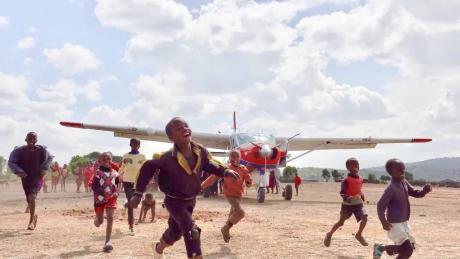
When flying in the bush, there are many more risks to manage compared to commercial flying.
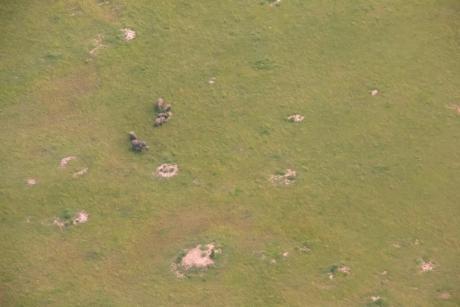

Figuring it out for yourself
In some of the places that MAF serves, fuel is not readily available. At KLM, planes may deviate to a well-equipped airport, so refuelling is never a problem.
Joost is aware of a MAF pilot who had to stay somewhere for two days whilst waiting for a truck to deliver a barrel of fuel:
‘A MAF pilot should always take provisions with them to be able to spend the night somewhere unplanned.’
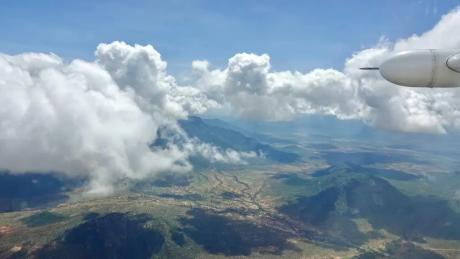
Good information about the weather is also key to a safe landing, but in remote areas with little infrastructure and limited knowledge, this is not always available at your destination says Joost:
‘A KLM pilot flies in controlled airspace. MAF puts you in touch with your base via satellite so that you can ask them to call ahead about the weather at your destination.
‘Saying that the weather is nice is not much use, because you want to know how high the cloud is and where the wind comes from at what speed. When they say it’s been raining, you want to know if the strip is still muddy or dry. Sometimes, it’s better to land somewhere else first and wait for better weather.’
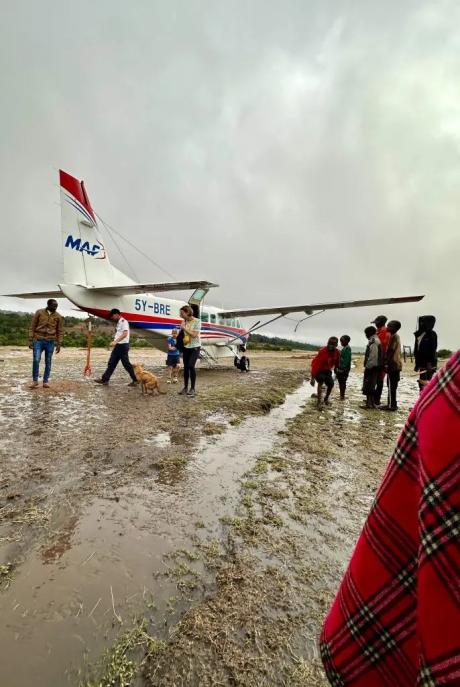
Working in the bush means much of the intel is largely down to what the pilot can gather says Joost:
‘Flying for MAF means actually having to figure everything out yourself. You really have to think in a completely different way. Looking to your right doesn’t help either, because there is no co-pilot with whom you can consult.
‘At KLM, a pilot is only a small piece of the puzzle. When your flight is over, you’re done. At MAF, you have to do a lot more yourself. More input from the pilot is needed for the preparation of a flight. There isn’t any freight handling, so although there are always helping hands, you are responsible for loading and unloading, which can include anything from medical equipment, building materials, food, water filters to chickens or pigs.’
We thank God for new MAF pilots Joost and Ruth and wish them every success in Kenya with their new adventure.
